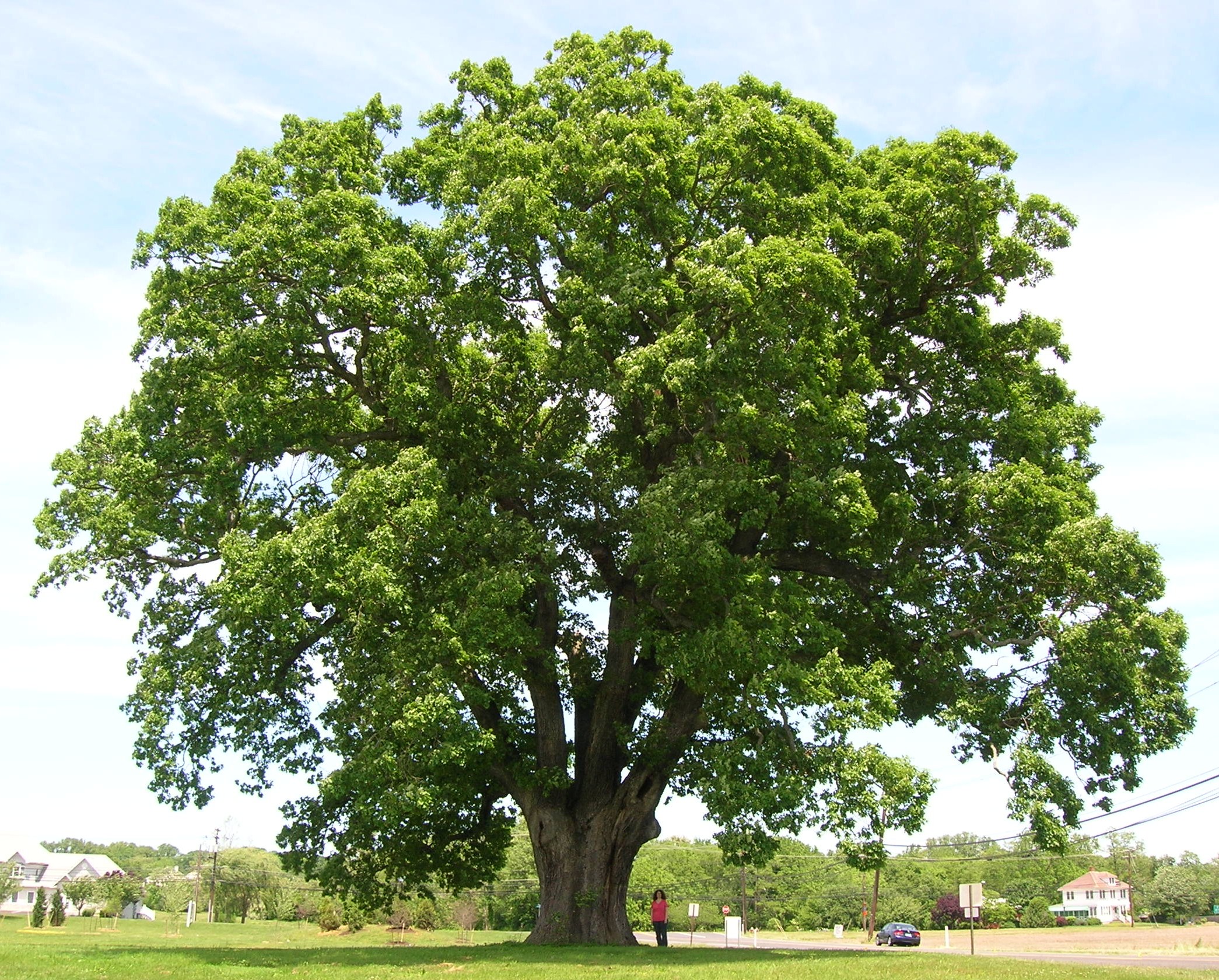Domatia are specialized structures that are produced by plants to house arthropods. A lot of different plant species produce domatia but not all of them are readily apparent to us. For instance, many trees and vines such as red oak (Quercus rubra), sugar maples (Acer saccharum), black cherries (Prunus serotina), and many species of grape (Vitis spp.) produce tiny domatia specifically for mites. The domatia are often small, hairy, and function as shelter for both the mites and their eggs.
By housing certain species of mites, these plants are ensuring that they have a steady supply of hunters and cleaners living on their leaves. Predatory mites are voracious hunters, keeping valuable leaves free of microscopic herbivores while frugivorous mites clean the leaves of detrimental fungi that are known to cause infections such as powdery mildew. The exchange is pretty straight forward. Mites get a home and a place to breed and the plants get some protection. Still, some plants seem to want to sweeten the relationship in a literal sense.
Some plants, specifically grape vines in the genus Vitis, also produce extrafloral nectaries on their leaves. These tiny glands secrete sugary nectar. In a paper recently published in the Annals of Botany, it was found that extrafloral nectaries enhances the efficacy of these mite domatia by enticing more mites to stick around. By adding nectar to domatia-producing leaves that did not secrete it, the researchers found that nectar increases beneficial mite densities on these leaves by 60 - 80%. This translates to an increase in fitness for these plants in the long run.
I love research like this. I had no idea that so many of my favorite and most familiar tree and vine species had entered into an evolutionary relationship with beneficial mites. This adds a whole new layer of complexity to the interactions within any given environment. It just goes to show you how much is left to be discovered in our own back yards.
Photo Credits: [1] [2] [3]
Further Reading: [1] [2] [3]



